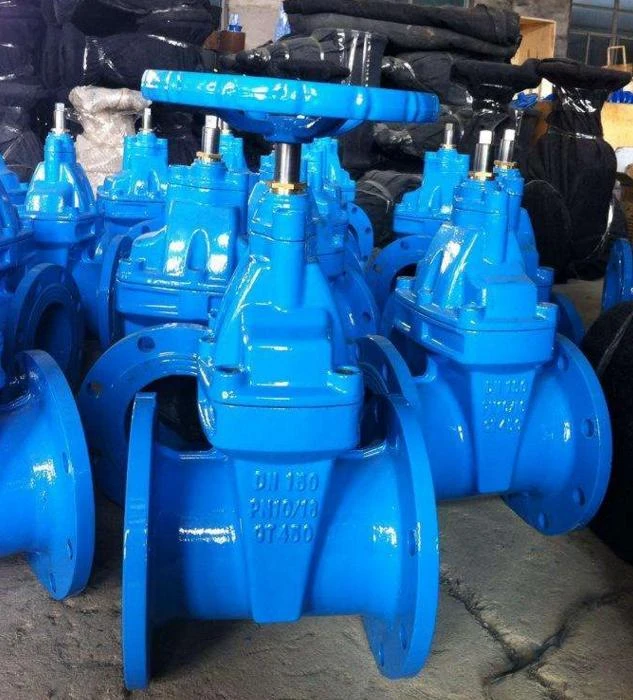តុលា . 22, 2024 10:17 Back to list
Hydraulic Pilot-Operated Check Valve Mechanism and Applications for Fluid Control
Understanding Hydraulic Pilot Operated Check Valves
Hydraulic systems are pivotal in numerous industrial applications, especially where fluid power is vital for machinery function. Among the various components that make these systems efficient and safe, hydraulic pilot operated check valves hold a crucial position. This article delves into their structure, functionality, applications, and benefits.
What is a Hydraulic Pilot Operated Check Valve?
A hydraulic pilot operated check valve is a specialized type of check valve used in hydraulic systems to control the flow of fluid in one direction while preventing backflow. Unlike conventional check valves, which rely on the fluid's pressure to open and close, pilot operated check valves utilize an additional hydraulic pilot circuit. This feature allows for better control and higher pressure ratings, making them suitable for various demanding applications.
Structure and Operation
The main components of a pilot operated check valve include the body, the main valve seat, a pilot chamber, and the pilot valve. When fluid flows in the intended direction, it pushes the main valve off its seat, allowing fluid to pass. However, if there's an attempt at backflow, the fluid pressure pushes the valve seat against the valve, preventing any reverse flow.
The pilot operation comes into play when there’s a need to allow flow in the reverse direction under certain conditions. A signal (usually a small amount of hydraulic fluid) can be sent to the pilot chamber, which overcomes the pressure holding the main valve closed. This capability makes pilot operated check valves particularly useful in complex hydraulic circuits where directional control is necessary.
Advantages of Hydraulic Pilot Operated Check Valves
1. Leakage Prevention Traditional check valves can have issues with leakage in certain conditions. The pilot operated design ensures an effective seal, drastically reducing the risk of leaks in hydraulic systems.
2. High-Pressure Ratings These valves can handle higher pressures compared to standard check valves. This characteristic makes them ideal for applications in heavy machinery, aerospace, and oil and gas industries.
hydraulic pilot operated check valve

3. Controlled Reverse Flow The ability to control reverse flow provides greater flexibility in hydraulic designs. Operators can design systems to allow maintenance or pressure relief procedures without the need for complex setups.
4. Reduced Flow Restriction Pilot operated check valves typically create less flow restriction, allowing for improved efficiency in fluid movement throughout hydraulic circuits.
Applications
Hydraulic pilot operated check valves are widely used in a variety of sectors, including
- Construction Equipment In hydraulic excavators, loaders, and cranes, these valves help ensure safety and proper machine operation during lifting and moving tasks.
- Manufacturing In process control applications, they help manage fluid movements in automated machinery.
- Aerospace The aviation industry utilizes these valves for their reliability and efficiency in critical systems where fluid power is indispensable.
- Oil and Gas In upstream and downstream operations, these valves assist in controlling fluid flow and maintaining system integrity under high pressures.
Conclusion
Hydraulic pilot operated check valves are essential components in modern hydraulic systems, providing enhanced control, safety, and efficiency. Their ability to prevent backflow, handle high pressures, and maintain minimal leakage makes them indispensable in various industries. As technology advances and the demands of hydraulic systems grow, the role of pilot operated check valves will continue to expand, contributing to the innovation and reliability of fluid power applications. Understanding their functionality and advantages is crucial for engineers and operators dedicated to optimizing hydraulic systems in their facilities.
-
Why Metric Trapezoidal Thread is Ideal for Precision Motion ControlNewsAug.05,2025
-
The Unique Properties of a Block of Granite for Industrial UseNewsAug.05,2025
-
The Role of Flanged Y Strainers in Preventing Pipeline ClogsNewsAug.05,2025
-
The Importance of Regular Calibration for Master Ring GagesNewsAug.05,2025
-
How a Cast Iron Surface Table Enhances Accuracy in ManufacturingNewsAug.05,2025
-
Comparing Different Check Valve Types for Optimal Flow ControlNewsAug.05,2025
Related PRODUCTS









